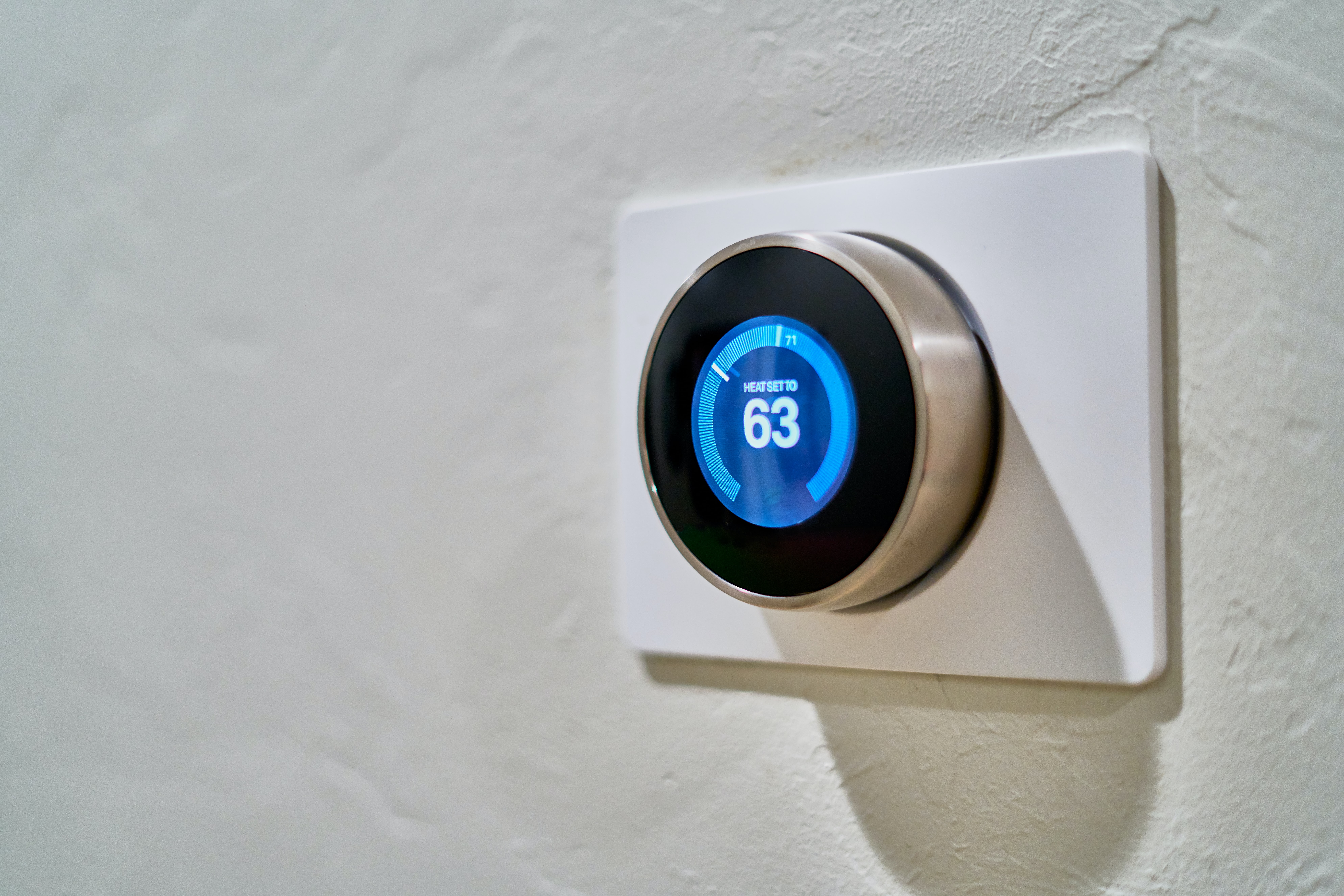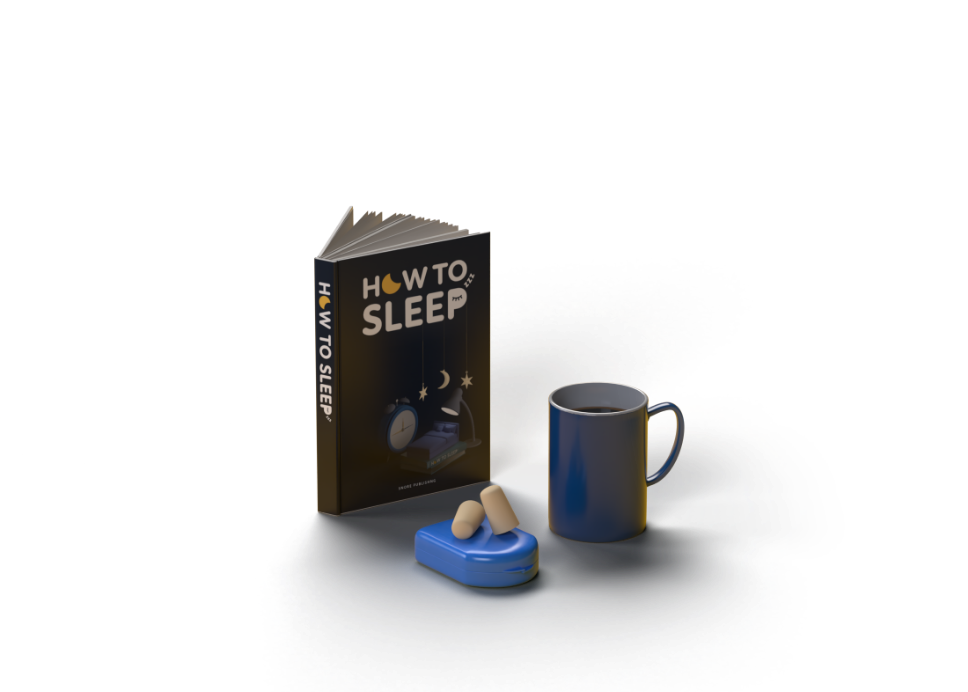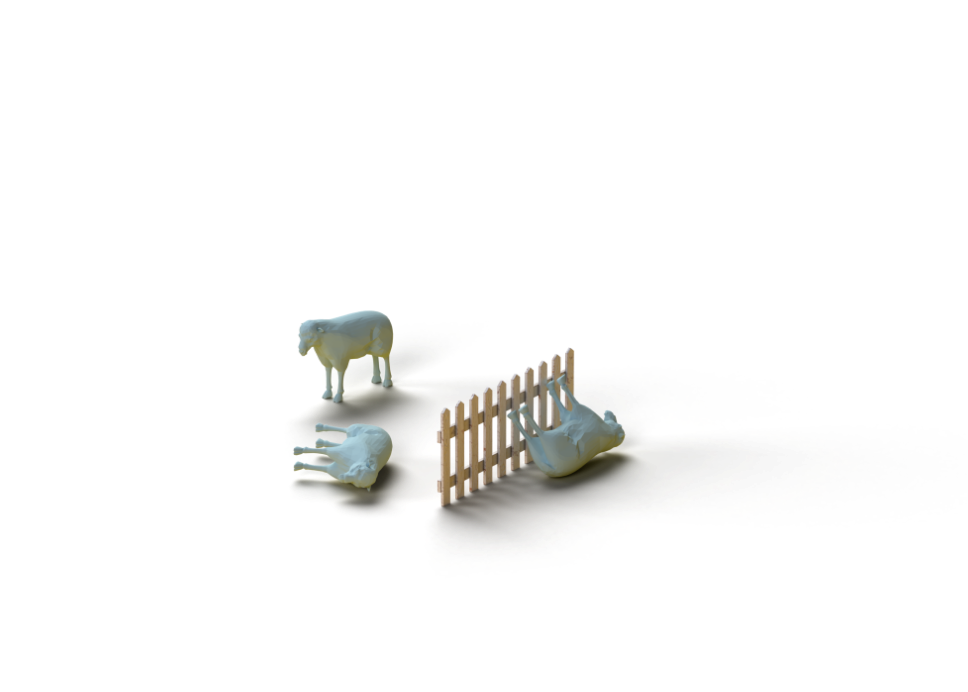
How to cool down a room without AC
Learn moreContents
Air conditioning has been keeping people cool around the world since the early 1900s, but there is little doubt that it’s having a negative impact on our planet. Whilst the technology has come a long way from early models, with air conditioners becoming more efficient, they remain detrimental to the wider environment for a number of reasons.
Not only is lots of energy required to keep them running at full capacity, but the materials and parts used in the construction process can also cause harm to the planet. Projections suggest that by 2050, there will be 4.5 billion single-room air conditioning units in use across the globe. This is estimated to account for 13% of worldwide electricity usage, producing two billion tonnes of CO2 every year to boot. Clearly, this approach isn’t sustainable.
As a result, many people who like to keep cool at night are seeking alternatives. Even if sustainability isn’t at the forefront of your thinking, it can still be useful to be aware of how you can create the optimal sleeping conditions without the need for AC.
How can temperature affect sleep?
What’s important to you when it comes to creating the optimal conditions for a good night’s sleep? A comfortable mattress, duvet and pillow combined with a dark and quiet room often does the trick. But what about regulating temperature? According to research, people deem this to be one of the key elements to getting a good night’s sleep, with 79% of respondents agreeing a cool room temperature is important.
We’ve all experienced those sleepless summer nights when we pull out every trick in the book to try to cool off in the scorching heat. Studies will reassure you that you’re not alone. One survey found that most people suffer from abnormal sleeping patterns during the summer, when it becomes more difficult to effectively regulate the room’s temperature.
Science suggests that the optimal temperature for your bedroom when trying to sleep is 18.3°C. When we sleep, our body temperature naturally fluctuates, but a particularly warm room can disrupt these fluctuations, and can make the changes in body temperature more severe. This can lead to a lower quality of sleep, with less time spent in REM sleep, as well as causing general disruptions which can prevent you from falling or staying asleep.
So what can you do to help keep your room as close to this optimal temperature even in the sweltering heat of summer?
Natural ways to lower the temperature
Believe it or not, efforts to keep your room cool at bedtime should start long before you settle down for the night. There are several things you should bear in mind before leaving your bedroom in the morning and throughout the day to help keep it nice and cool.
Close the blinds. One of the most effective ways to prevent your room from heating up is by closing the blinds during the day and restricting the amount of sunlight that can enter your room. It’s even more important to keep them closed if you sleep in a room with south or west-facing windows, which are likely to be exposed to more sunlight. Whilst this goes against everything we’ve learned about the benefits of allowing natural light into the home, blocking the sun out will go a long way to helping keep the temperature down. Once the sun has set, feel free to fling open the blinds and windows to allow the fresh air in.
Switch off lights. Number two: switch off the lights when not you’re not using them. If you’re the bill-payer (or want to keep mum and dad on side), this is salient advice anyway, as trimming down on your energy usage will help keep electricity bills down.
It becomes even more important in the summer, as excess heat from light bulbs can contribute to raising the temperature inside your home. Particularly if you are using more energy-inefficient light sources, such as incandescent bulbs, more heat is likely to be given off when in use which makes it all the more important to switch them off when not in a room. Better still, if you are using incandescent light bulbs around the home, why not switch these out for more efficient low-energy bulbs, which can help reduce overheating and save you money in the process.
Extract the warm air. Instead of injecting your house with cool air from an air conditioner, why not first focus on removing the warm air? On top of the natural heat from the sun, other things in your house can send the mercury rising. When using the oven, be sure to switch on the extractor fan to help to suck the warm air out of the home. The same applies when taking a shower or bath – keep the fan on to help regulate the temperature.
How to cool down a room with a fan
For many people, when AC isn’t available, a fan is the next best way to help you drift off in a warm room. Granted, for people who like to sleep in complete silence, the sound of a whirring fan might have the opposite effect and make it harder to fall asleep.
But many modern tower fans have been designed with this in mind, and are far quieter than older models or bladed fans. The most popular fans on the market also come with a timing setting, which automatically shuts them off after a set period of time. This can be useful in keeping you cool as you fall asleep, and help you to stay asleep throughout the night.
If a fan alone still isn’t doing the trick, consider different ways to enhance its effectiveness. One of the best ways to upgrade your fan is by placing a bowl or bucket of ice in front of the vents. This will cool the airflow further to create a makeshift AC unit, helping to keep the entire room cool whilst using far less energy than a conventional one would.
Another useful trick is to ensure your fan and the blades are kept clean, free from dust and dirt, to ensure there are no restrictions to the airflow. If you’re short of time, Good Housekeeping recommends taking the unit outside and using a hairdryer to flush out any dust or detritus that might be lurking inside.
Tips for keeping cool in bed
Use cooling products. Have you ever spent a scorching summer night flipping the pillow every ten minutes to enjoy the ‘cool’ side? Surely there’s got to be a better way? Cooling pillows help to keep your body cool by increasing airflow to prevent heat retention, helping you fall asleep faster and limit disruptions during the night. There are also a range of mattress toppers on the market which are specially designed to help keep you cool at night by drawing the heat and sweat away from your body.
Switch in the breathable sheets. During the colder winter months, you may use thicker sheets and blankets to help stay warm during the night. As the warmer weather sets in, you should be switching out these sheets for lighter, more breathable ones.
Keep your cool… literally. When we are stressed or agitated in bed, particularly on a hot night, it can only raise our temperature, making it even more difficult to drift off. Consider taking some time to wind down before bed and switch off from any stresses of the day. Reading a book or listening to a podcast can be useful in helping us to switch off, but everyone will find their own methods which work best for them.
Lay low. When desperate times call for desperate measures, try sleeping closer to ground level. Whether you relocate to a downstairs sofa, or place your mattress on the floor (should your space allow it), sleeping closer to the ground will expose you to the cooler air whilst the warm air rises up.
Hopefully this guide will help you to get a better night’s sleep when the temperatures begin to rise. For more useful tips and information about your sleep health, check out our range of online guides.

